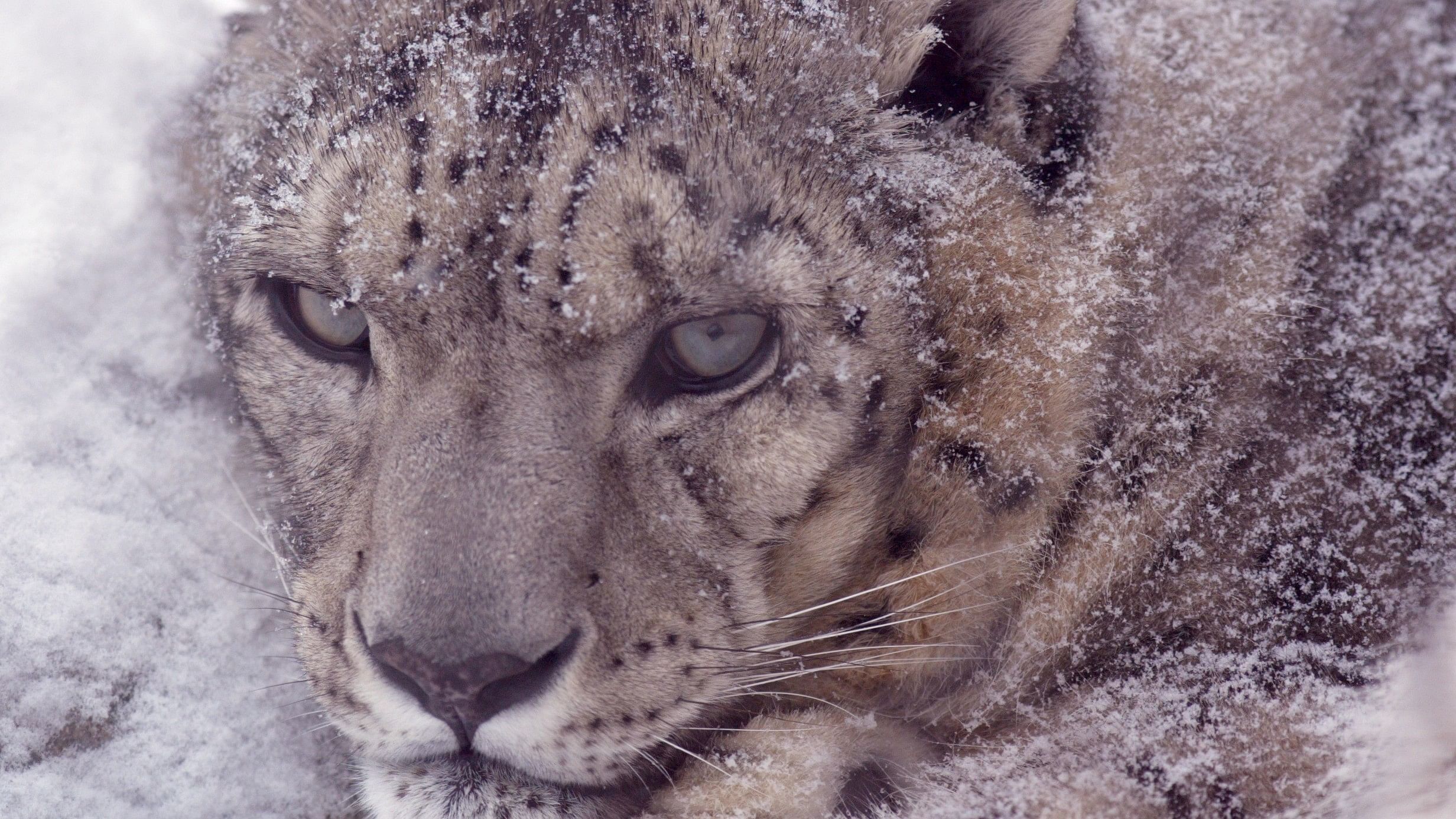
Representative image showing a snow leopard.
Credit: iStock Photo
New Delhi: India has estimated 718 snow leopards spread over six states and union territories, according to the Union Environment Ministry’s first census report on the elusive Himalayan cats released here on Tuesday.
With an estimated 477 individuals, the Union Territory of Ladakh has the highest number of snow leopards followed by Uttarakhand (124), Himachal Pradesh (51), Arunachal Pradesh (36), Sikkim (21), and Jammu and Kashmir (9).
The numbers came at the end of a four-year long exercise named Snow Leopard Population Assessment in India (SPAI), which is the first ever scientific assessment to count these animals living in the Himalayan high altitude. Such an exercise, an official said, would be repeated every four years.
Union Environment Minister Bhupender Yadav released the report here at a meeting of the National Board for Wildlife.
During the SPAI exercise, forest department personnel along with wildlife biologists and conservationists surveyed 13,450 km of trails for recording the signs of snow leopard, while camera traps were deployed at 1,971 locations.
A total of 241 unique Snow leopards were photographed whereas the estimate about others were made using genetic tools and prey base analysis. The prey includes markhor, argali, urial, ibex, blue sheep (bharal), Tibetan wild ass, wild yak, Tibetan antelope, Tibetan gazelle and musk deer, and Himalayan tahr.
Mysore-based Nature Conservation Foundation and Wildlife Institute of India, Dehradun were two key partners in the exercise, which established more than 107,000 sq km of area as the snow leopard range.
Until recently, the snow leopard range in India was undefined due to a lack of extensive nationwide assessments for such a vulnerable species.
Though the Project Snow Leopard was in existence since 2009, the ministry official said before 2016, approximately one-third of the range received some sort of research attention, covering just 5% of the pockets in Ladakh, Jammu & Kashmir, Uttarakhand, and Himachal Pradesh, the ministry says.
Recent status surveys have significantly increased the understanding, providing preliminary information for 80% of the range, compared to 56% in 2016. The SPAI exercise surveyed habitats using a substantial network of camera traps in order to gather robust information.
“The snow leopard population estimate marks a significant first step in securing the future of these magnificent creatures. By systematically assessing 70% of their potential range, we have taken a major step towards safeguarding these elusive predators,” said Virendra Tiwari, WII director in the report.
Conservationists have pointed out how snow leopards – often dubbed as ghosts of the mountain – are facing threats not only from traditional sources like communities sharing the same habitat for water, agriculture, pasture, biomass and dung, but also from a rising population of stray dogs because of increased tourism and development activities.
“With continuing concerted and innovative efforts by multiple partners, we are hopeful that India will achieve effective conservation of snow leopard in its entire range by 2030,” a group of scientists and conservationists reported recently.
